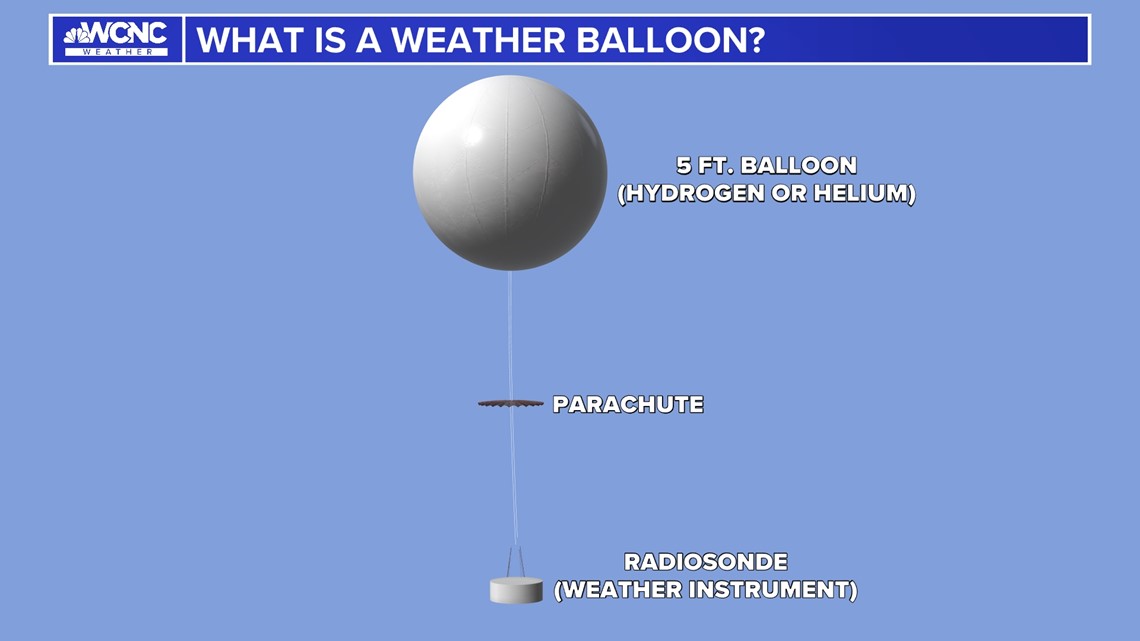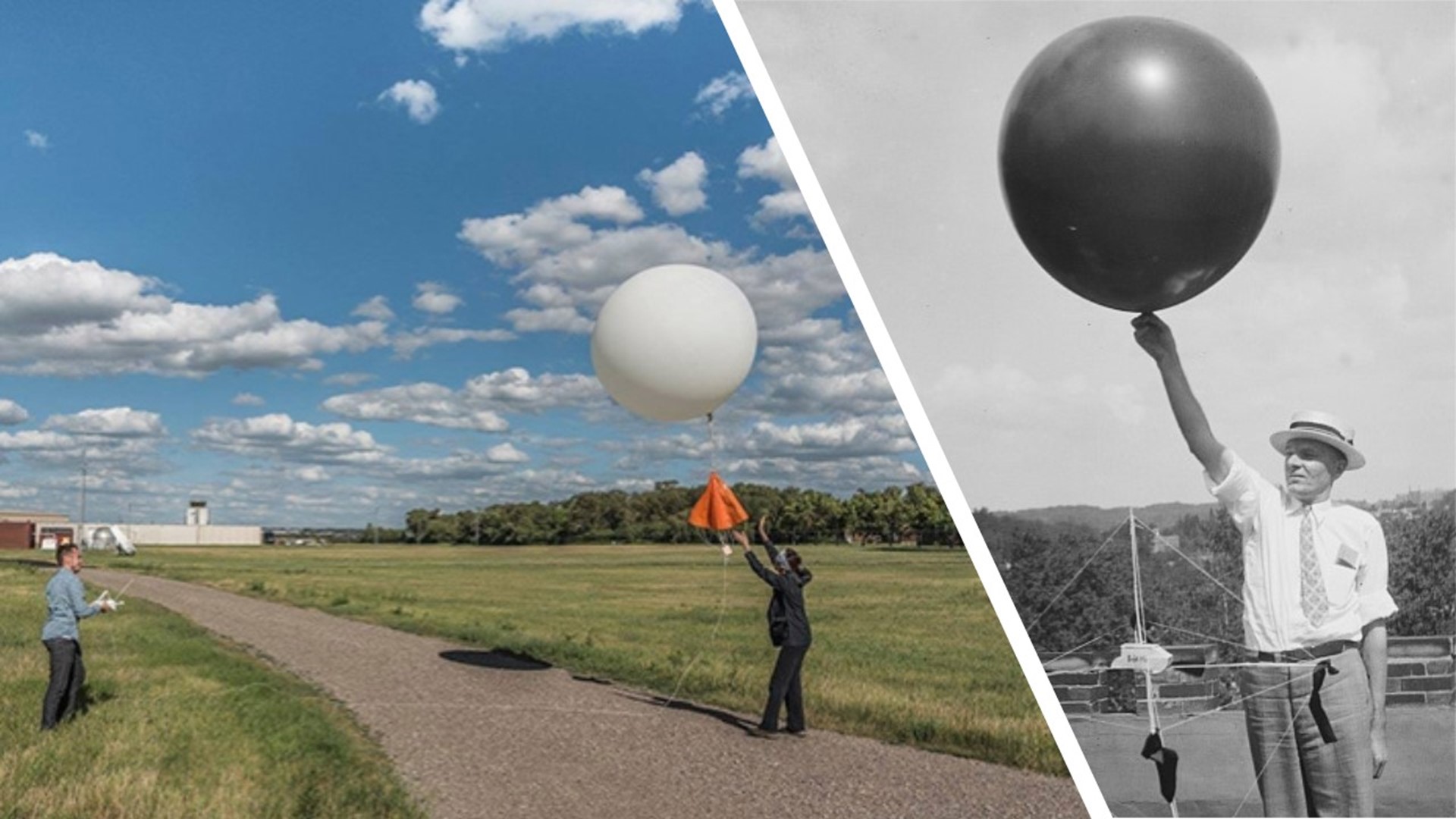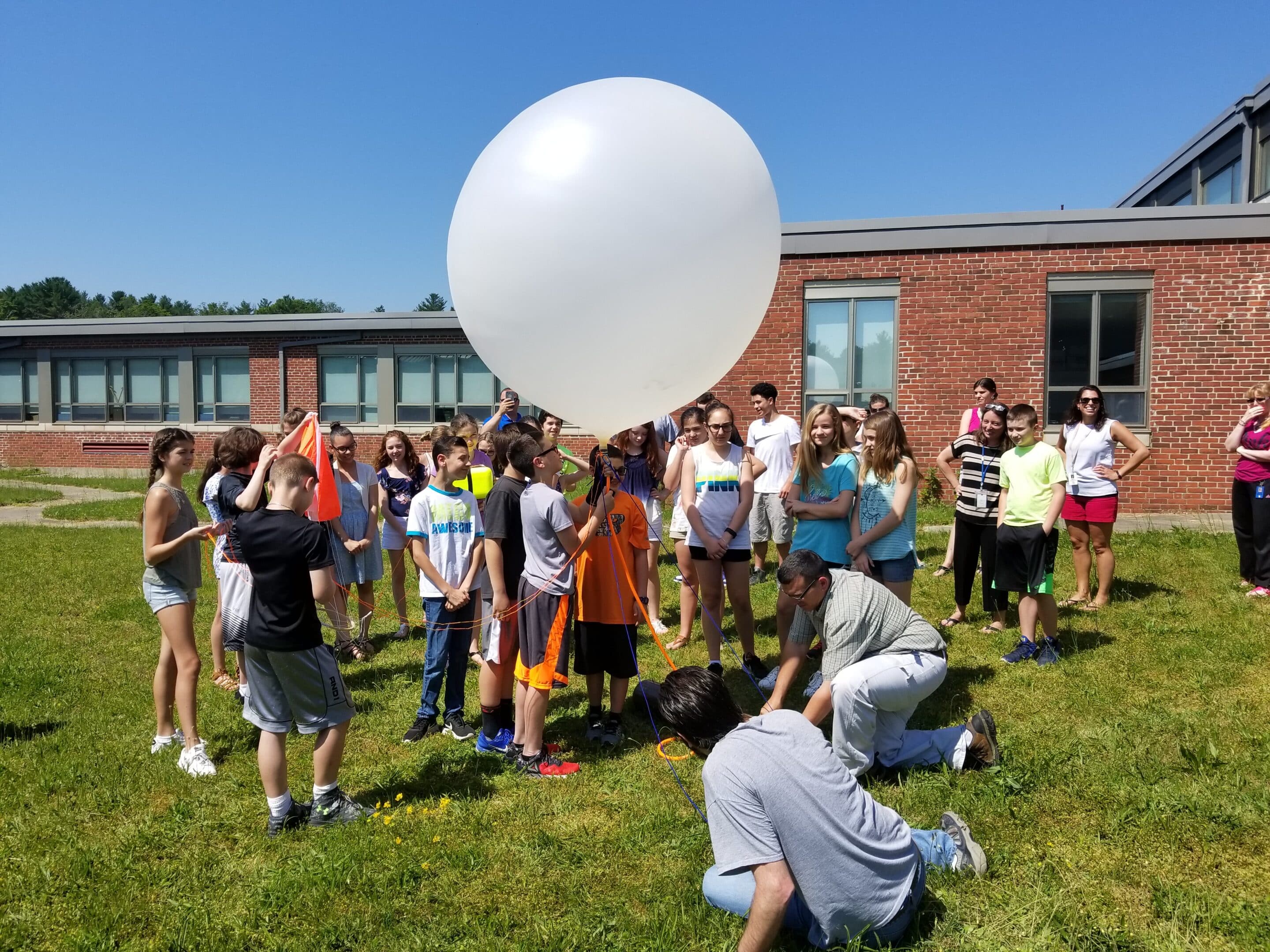Alright, let’s talk about them weather balloons, you know, the things that go up in the sky. Folks call ‘em sounding balloons too, I hear. Now, how much of that helium stuff you need for them? That’s what we’re gonna figure out, but don’t expect no fancy talk from me.

First off, you gotta think about how heavy the stuff is you’re sending up with the balloon. Got a big ol’ box of gadgets? You’ll need more helium, plain and simple. It’s like carryin’ a heavy sack of potatoes versus a little bag of turnips, see? Heavier things need more oomph to get ’em up there.
Then there’s the air itself. Yeah, the air up yonder ain’t the same as down here. Sometimes it’s thick, sometimes it’s thin. That changes how much the balloon wants to float, so you gotta account for that. It’s like tryin’ to swim in thick mud versus clear water, see? Thicker air, you need more helium to push through.
Now, if you’re just startin’ out with this balloon stuff, don’t go gettin’ yourself a giant one right off the bat. Start small, like them 350 gram or 600 gram ones. They’re easier to fill up and tie off, and they don’t need a whole heap of helium. It’s like learnin’ to ride a bike, you don’t start with a motorcycle, right? You start with a little bicycle. Same thing here. You use less helium and it’s easier to handle when you are just starting out.
- Smaller balloons easier to handle
- Smaller balloons use less helium
- Good for beginners
There’s these smart folks, they got calculators and stuff to help you figure out just how much helium you need. They talk about things like “ascent speed,” which is just how fast the balloon goes up. They say around 5 meters per second is good. But don’t get bogged down in all that fancy math. Just remember, more helium makes it go up faster, less helium, slower it goes.
Let’s say you got a balloon that can hold 1600 liters, and you wanna send up something that weighs 850 grams. And let’s say you got a tank of helium, 20 liters big, filled up to 200 bar. Well, them calculator folks say you’ll need about 3441 liters of helium, or 191 bar from your tank. That’s a whole lotta helium, ain’t it? It’s like fillin’ up a whole bunch of them big ol’ propane tanks for your grill, but with helium instead.

Now, you might be thinkin’, “Do you just blow that balloon up all the way full before you let it go?” Nope, you don’t. You put in just enough helium to get it off the ground and up to where you want it. As it goes up, the air gets thinner, and the balloon gets bigger. It’s like when you bake bread, it starts small and then puffs up in the oven. Same kind of idea.
So, there you have it. Figuring out how much helium you need ain’t rocket science, but you gotta think about a few things. The weight of your stuff, the air up there, and the size of your balloon. And if you’re just starting, keep it small and simple. That’s the best way to learn, you know. Don’t go tryin’ to be fancy, just get the job done. That’s how we do things around here.
Remember, bigger balloons need more helium. Heavier payloads need more helium. The weather outside can change things too. But if you start small and work your way up, you’ll get the hang of it. It ain’t nothin’ to be scared of, just a balloon and some helium, that’s all.
And always be careful when you are messing around with compressed gas. Make sure you know what you are doing or you ask someone who does, you don’t want to get hurt. Safety first, that’s what I always say.
Now, you go on and get yourself a weather balloon and have some fun. Just remember what I told you, and you’ll be fine. It’s all about common sense, ain’t it? You just gotta think things through, and you can figure out just about anything. And that’s the truth.

Tags: [weather balloon, helium, balloon launch, ascent speed, payload, balloon size, atmospheric conditions, helium requirements, sounding balloon, lift]
